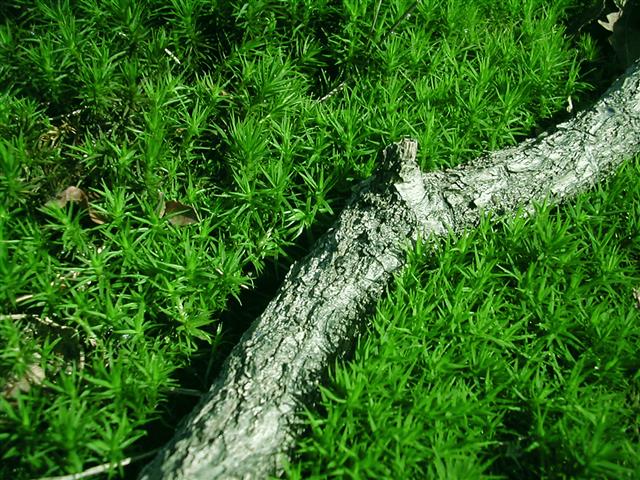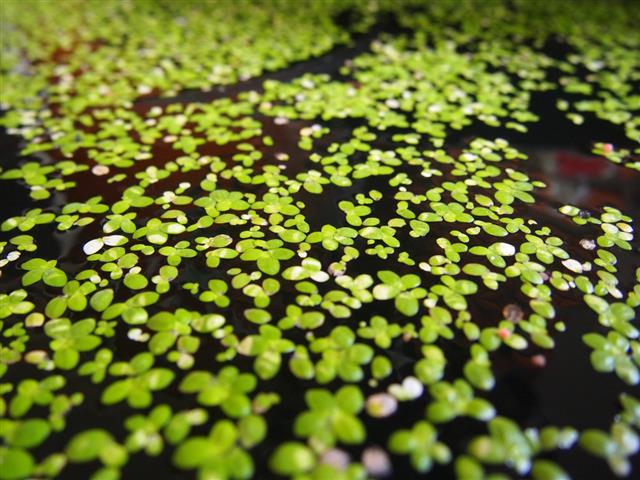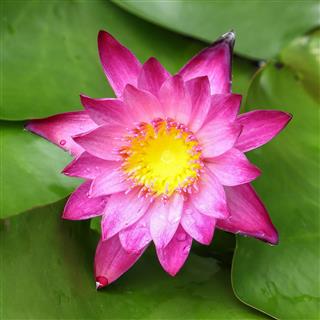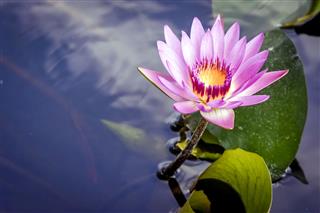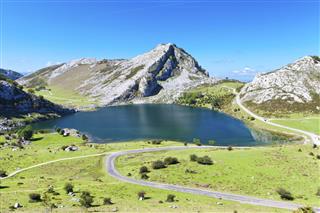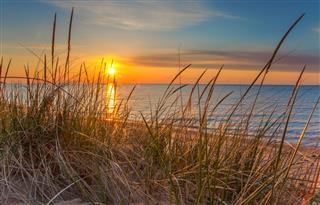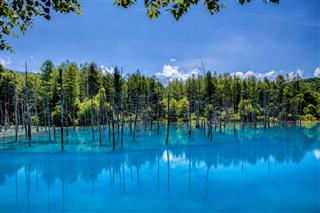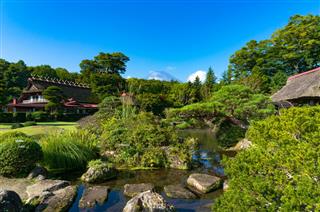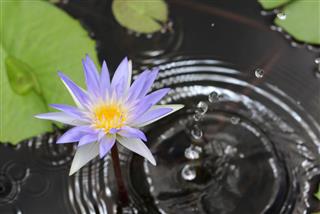
The following article provides information about the various floral types, which are found in the freshwater habitat.
A considerable portion of the Earth is occupied by the biomes, which are defined as large geographical areas consisting of different species of plants and animals, adapted to the environment of the particular divisions. Freshwater bodies have a saline content that is below 1%. The plants found in this biome cover about one fifth of the Earth’s surface. The habitation is acclimatized to the prevailing climatic conditions and temperature ranges.
Types of Plants in the Freshwater Biome
The characteristics that affect animals and plants belonging to this biome include depth, rate of flow, temperature, and quality of water. Exposure to sunlight is one of the essentials factor that supports life. Freshwater bodies include ponds, rivers, streams, lakes, canals, ditches, brooks, etc. The habitat is classified according to the kinds of water bodies.
Streams and Rivers
Communities of biomes found in rivers and streams usually thrive along their edges. The species found in these areas are water stargrass, tape grass, coontails, etc. Such water bodies also support the growth of trees, like willows, river birch, cottonwoods, box elder, etc. These trees grow in regions having shallow and slow flowing water bodies.
Wetlands
Ditches, swamps, marshes, bogs, and fens have saturated water throughout the year. They are typically stagnant water bodies supporting the growth of many plant types. The commonly found examples are cattails, duckweed, sedges, etc. The trees growing in these areas are gum, cypress, black spurce, tamarack, etc.
Lakes and Ponds
These can be either natural or man-made. The community of plant biomes growing in lakes and ponds are usually grasses and weeds. The underwater plants are musk-grass and narrow-leaf weed. Floating plants like cattails and lily pads are also found in shallow ponds and lakes.
Plant Adaptations in the Freshwater Habitat
The flora belonging to this biome can survive in summer, as well as in winter. The variation of temperature ranges from 4° C to 22° C at the bottom and on the surface of the location, respectively. The adaptability of the flora supports survival during extreme temperatures of winter, which might be as low as 0° C or less. Phytoplanktons and zooplanktons are widely spread in the wetlands. Bods, fens, and ditches are unproductive water bodies, which depend on external sources for nutrient supply.
Species dominating such areas include the sphagnum moss. Fens support grassy vegetation, which flourishes during the wet and cold seasons. Rivers and marshes are the most productive among the freshwater bodies that favor the growth of different species of angiosperms. The type of growth is also dependent upon the acidic nature of the water. Such water is not conducive for the growth of plants in the freshwater biome habitat.
